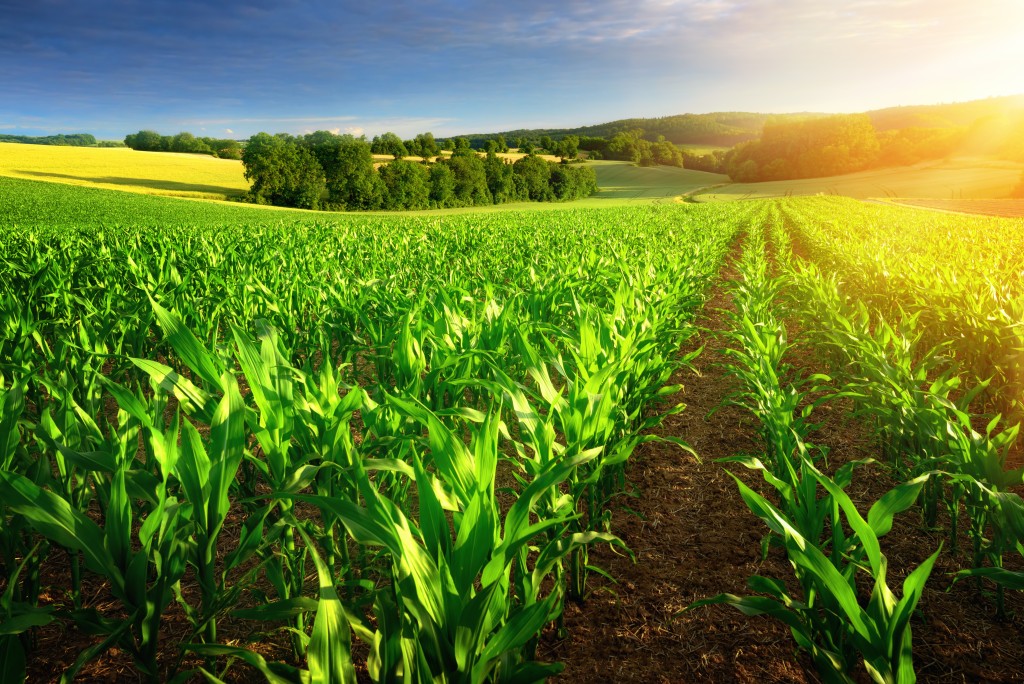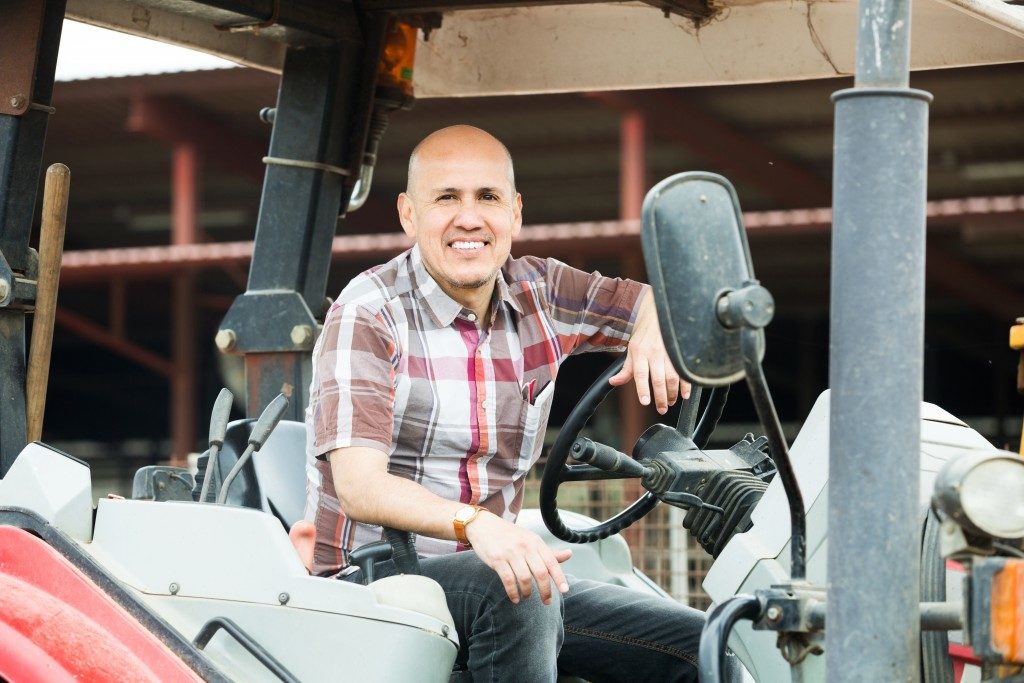Running an agricultural land or farm is not an easy feat. You would need to provide capital for the leases, operations, equipment, seed, fertilizer, and storage. With the recent years of depressed income of the farming economy and its moderate recovery this 2019, running a farm needs dedication and practical measures to adjust with the times.
An agricultural business bank loan in Indiana, for example, sounds like the perfect solution to boost your productivity. However, there are things that you also need to consider once you have acquired enough capital to sustain the operation of your farm.
Just as how new farmers need to know the basics of farming, you need to be wise enough when it comes to spending your money. One major expense in farming is investing in equipment upgrades or replacement. Completing the essential farming tools is also part of this farming need. Finding the right piece of equipment or the hand tools can be challenging because you need to consider efficiency that can affect your productivity as a small-scale farmer.
You need to ensure crop yields and the quality of your products, cut down on labor, and assess crop selection and soil type. All of these affect the kind of equipment you should have. The following are the characteristics that determine the appropriate tools for you:
- Provides fast and efficient work
- Requires less physical input
- Ensures the safety and quality of materials used
- With a design that allows local production
- Light-weight for mobility
- Made from readily available materials
These are just general characteristics to consider. Thus, you must take note of the considerations based on their functionality. Let’s categorize them into three: hand tools, tractors, and walk-behind tractors.

Hand Tools
Ergonomics and durability are the only things you need to check when looking for the best hand tools for commercial crop production. These key criteria seek to prioritize efficiency, safety, comfort, and productivity. Ergonomics pertains to the design of the tools that support the human boy’s convenience when using them. Durability prioritizes the strength of the materials used and the quality of their built. This will ensure the cost-effectiveness of purchasing the tools as they last longer and sustain damage or natural wear and tear.
Tractors
The tractors take the role of the mechanical power that boosts production. In choosing a tractor always consider utility. The best tractor for you is the one that addresses the needs of your farm. Consider the acres of land where you will use it, the kind of soil where it would tread, the physical layout and its capacity to work in such setup, the tasks that it needs to accomplish, and all the things you will mount on it. Upon careful consideration of these things, only then that you can find the tractor that you need.
Walk-Behind Tractors
The difference between the tractor and a walk-behind tractor is the latter’s versatility, affordability, easy maintenance, and operation. You would need a walk-behind tractor to supplement the work of a four-wheeled tractor. Since it is energy-efficient, you can always find one handy for small scale farming such as tillage and cultivation of two acres or less.
Other tools that you might need for your farm are:
- panga
- hand hoe
- fork jembe
- rake
- spade
- spring balance
- trowel
- pruning hook
- secateurs
- tape measure
- axe
- soil auger
- mattock
- sprinklers
- wheelbarrow
- leveling board
- pruning saw
- knapsack sprayer
- hose pipe
- garden shear
- pruning knife
- garden fork
You can always seek the best advice from professionals who can assist you in buying agricultural tools and equipment. Take your farming to the next level and maximize your capital by turning your mere purchases into investments.

